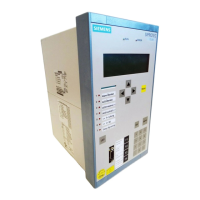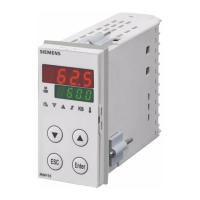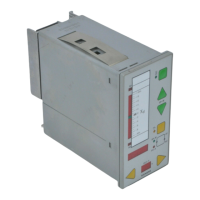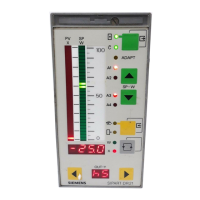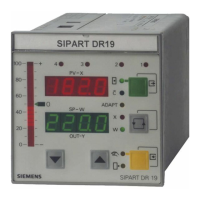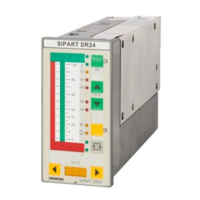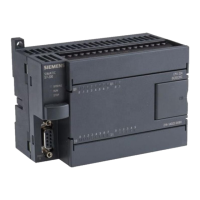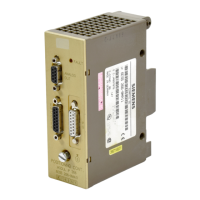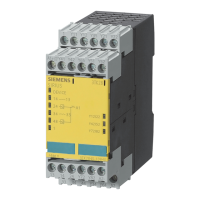[dwlotriu-161012-01.tif, 1, en_US]
Figure 7-54
Logic Diagram of a Voltage Trigger
The functionVoltage Trigger is subdivided into Level and Gradient trigger.
The Level trigger monitors the measurand for minimum and maximum limit violations. The Gradient trigger
monitors the positive slope (increasing) and the negative slope (decreasing) of the measurand for a limit viola-
tion. The gradient is formed based on the set filtering time.
A hysteresis of 2 % of the setting value is preset for the level and gradient triggers. This is equal to 0.980 p.u.
for the max. and gradient trigger and 1.020 p.u. for the Min. trigger.
Exceeding or dropping below one of the set threshold values leads to trigger tripping. The trigger tripping is
however first effective on the recorders, if you have routed the trigger to the recorder.
Function Blocks
Function blocks of the Voltage Trigger function:
•
Trig V Fund.: Setting of the trigger for the fundamental-component value of the measured voltage
•
Trig V RMS: Setting the trigger for the RMS value of the measured voltage
NOTE
The thresholds can be set in the primary, secondary, and percentage view. All subsequent setting values
are shown in the secondary view.
Mode
The trigger is switched on, off, or in test mode. In test mode, the fault records are marked with a test flag.
You can find more detailed information on the mode in chapter 7.1.3 Step 2: Setting the Parameters and
Routing in DIGSI 5 .
Fault Recorder
7.4 Trigger Functions 1-Phase
272 SIPROTEC 5, Fault Recorder, Manual
C53000-G5040-C018-5, Edition 11.2017
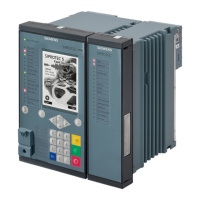
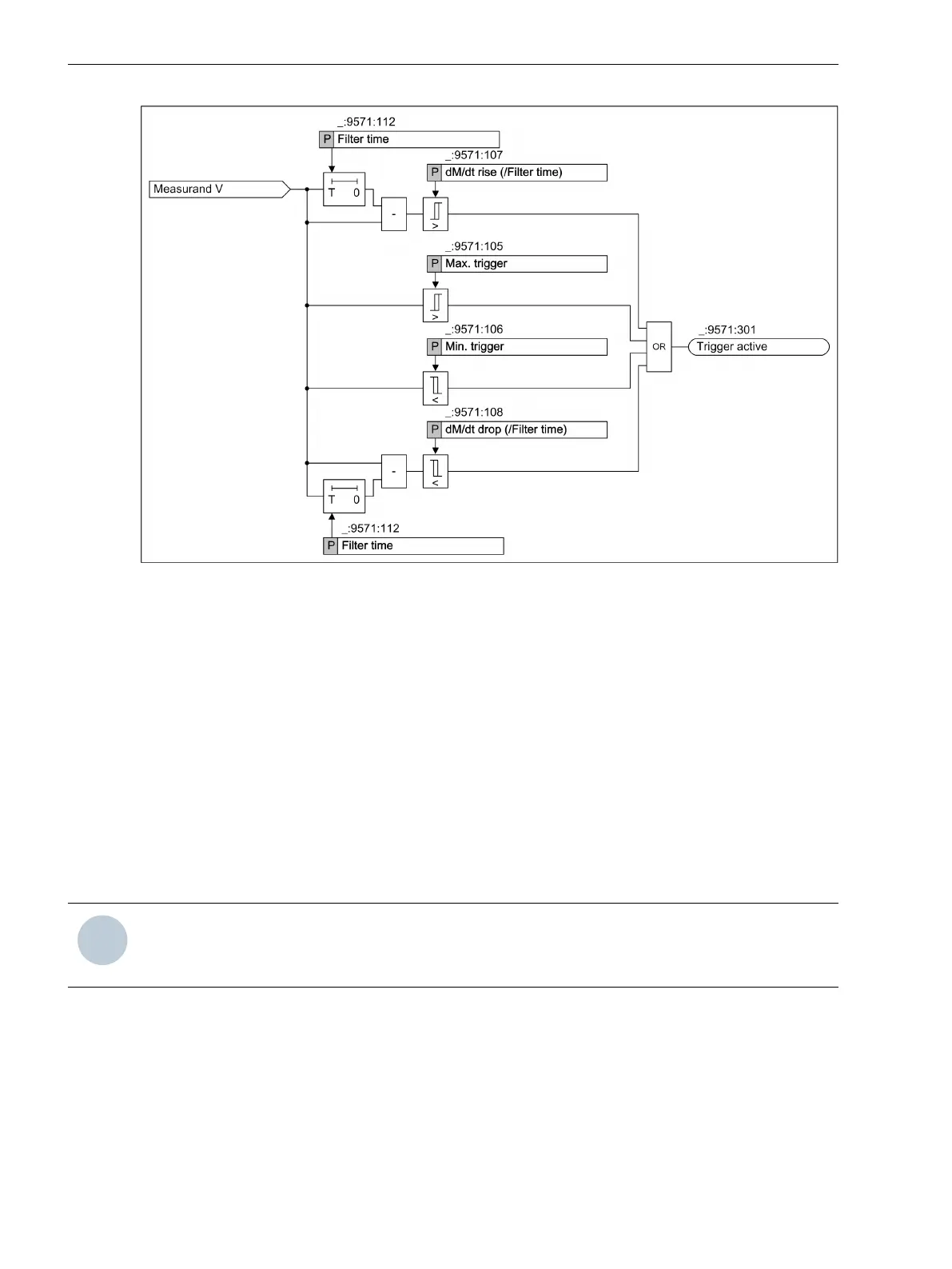